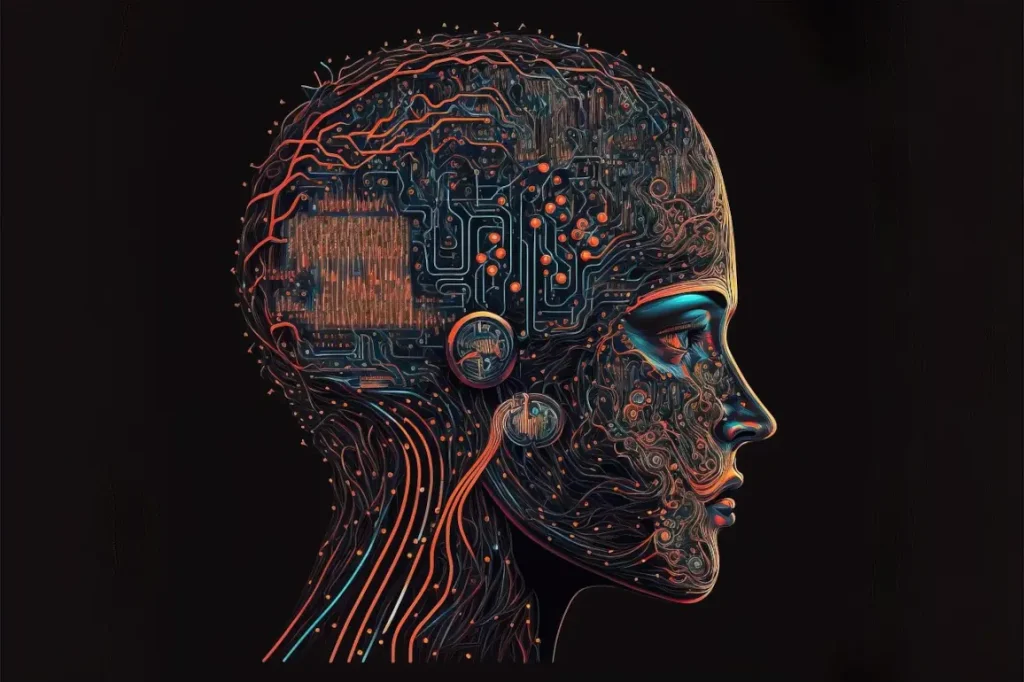Artificial intelligence (AI) has revolutionized our world, impacting everything from daily tasks to scientific breakthroughs. From AI-powered virtual assistants to creative tools generating text and images, this technology has become surprisingly accessible. However, amidst the excitement about AI’s capabilities, a crucial aspect often goes unnoticed: its environmental impact.
This article explores how the widespread use of AI affects the planet and examines potential solutions to mitigate these effects.
The Double-Edged Sword of AI Democratization
Large tech companies have been integrating AI for years, but recently, AI tools have become readily available to the public. This has fostered task automation, increased productivity, and enabled content creation for individuals and businesses alike. However, every interaction with AI systems consumes significant computational power. From simple queries to complex tasks, AI models require vast energy resources to function effectively. This growing demand for energy presents a significant challenge.
The High Energy Cost of AI
The environmental impact of AI is not a distant threat; it’s a present reality. Studies estimate that AI-generated emissions could reach over $10 billion annually. As AI systems become more sophisticated, their computational needs increase, leading to higher energy demands. For example, ChatGPT, a popular generative AI model, requires 12 times more energy than its previous version. This exponential growth raises critical questions: Can we balance technological progress with environmental sustainability? Are we prepared for this surge in energy consumption?
Nuclear Power: A Proposed Solution (with Reservations)
To meet growing energy needs, some tech giants like Amazon, Google, and Microsoft are exploring the use of nuclear power. Proponents argue it’s a relatively clean energy source in terms of carbon footprint. However, the issue is far from simple.
Nuclear power has faced heavy criticism due to the risks associated with accidents like Chornobyl and Fukushima. Additionally, nuclear waste management remains a significant unresolved challenge. Furthermore, regardless of the energy source (nuclear, renewable, or fossil fuel), increased production often requires increased resource extraction, leading to environmental damage and carbon emissions.
Environmental Impact Goes Beyond Emissions
Energy consumption is just one aspect of the environmental impact. Regardless of the energy source, resource extraction (uranium, lithium, coal, etc.) has a direct impact on the environment and surrounding communities. Let’s explore some key concerns:
- Ecosystem Destruction: Large-scale mining can devastate natural habitats, putting numerous species at risk.
- Water and Soil Contamination: Extractive processes often involve chemicals that can contaminate water sources and agricultural soils.
- Social Impact: Communities near mines often face displacement, livelihood loss, and health problems caused by contamination.
The increasing demand for AI and cryptocurrencies is accelerating these issues, prompting the question – is technological progress truly aligned with global sustainability goals?
Moving Toward Responsible AI Use
While the situation may seem daunting, there are ways to address the environmental impact of AI and minimize its ecological footprint. Here’s how:
- Energy Efficiency: Developers can work on optimizing algorithms to consume less energy while maintaining performance. This could involve innovations in energy-efficient hardware and software.
- Energy Transparency: Tech companies should be transparent about their systems’ environmental impact and actively work to offset carbon emissions.
- Renewable Energy: While nuclear power is an option, renewable sources like solar, wind, and hydro should be prioritized to reduce carbon emissions associated with energy consumption.
- Government Regulation: Governments can play a crucial role by establishing regulations that promote sustainable practices in AI development and use.
- Education and Awareness: Users also have a responsibility. Understanding the environmental impact of AI can encourage more conscious use of these tools.
Conclusion: A Sustainable Future for AI
Artificial intelligence is a powerful tool with the potential to revolutionize the world for the better. However, the risks and unintended consequences of its widespread use deserve careful consideration. The environmental impact of AI cannot be ignored. Both companies and users must be aware of this challenge.
By adopting sustainable solutions, we can ensure that AI development and use occur in harmony with our planet. At R&G Consulting Services, we offer consulting and business services to guide you in the responsible use of AI in your business.
Contact us to learn more: https://rygcs.com/contacto/





